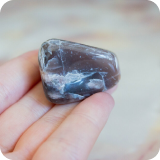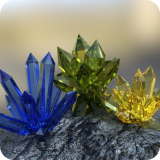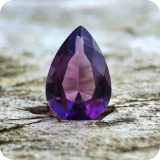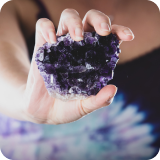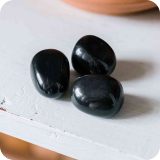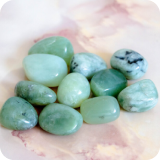- Purple Fluorite Crystal
- Amethyst Crystal
- Similarities Between Purple Fluorite and Amethyst
- How To Tell Purple Fluorite Apart From Amethyst
- Purple Fluorite vs Amethyst
- FAQs
Purple Fluorite and Amethyst can appear strikingly similar, as they share similar purple hues but have different compositions and properties.
Whether you’re a proud owner of Purple Fluorite or Amethyst crystals and are trying to confirm their authenticity, or you are considering purchasing one of these crystals and are looking to arm yourself with knowledge, we’ve got you covered.
Stay tuned and unravel the mystery behind Purple Fluorite and Amethyst!
Purple Fluorite Crystal
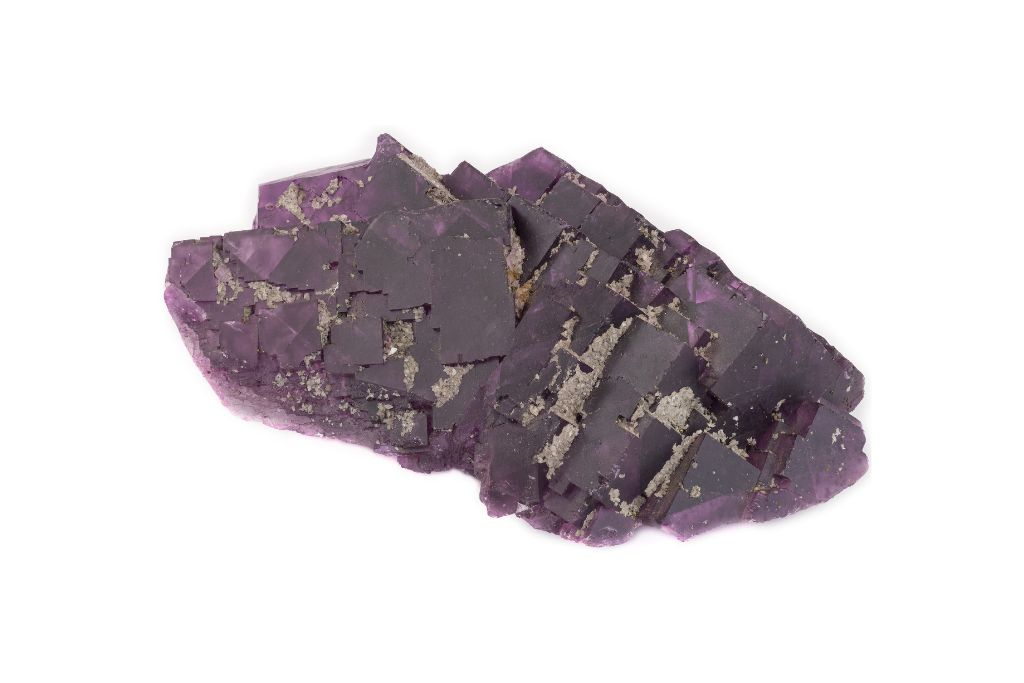
Purple Fluorite exhibits a rich, vibrant purple hue ranging from pale lavender to deep violet. It is a relatively soft stone with a hardness of 4 Mohs. It often features bands of varying shades, creating a stunning visual effect.
Purple Fluorite is translucent to transparent, and its surface can appear smooth or exhibit natural etchings. Purple Fluorite grows in clusters in cubical shapes.
The healing properties of Purple Fluorite include mental clarity, organization, and focus. It balances the mind and improves decision-making skills. Purple Fluorite connects to the Third Eye Chakra.
This stone also has protective qualities, shielding its owner from negative energies and psychic manipulation.
In meditation, Purple Fluorite facilitates spiritual growth and enhances intuition. It alleviates stress, anxiety, and emotional imbalances. Artists and writers use Purple Fluorite to stimulate creativity and promote clear communication.
Amethyst Crystal
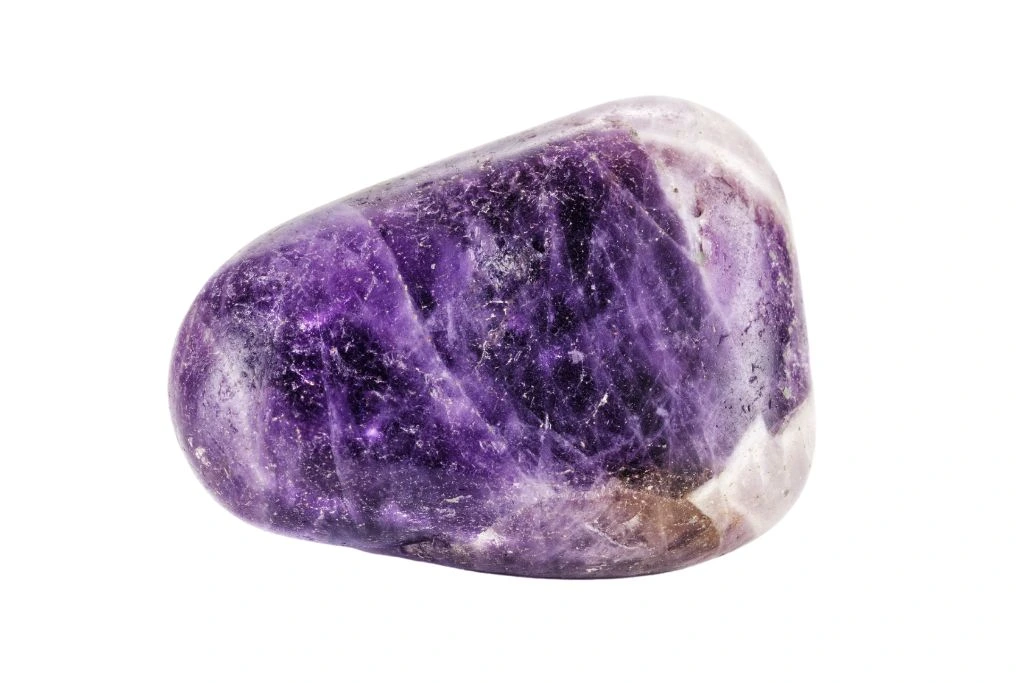
Amethyst is violet to deep purple, often with subtle gradients and inclusions. It is a harder stone with a hardness of 7 Mohs. The crystal’s transparency can vary from nearly opaque to almost entirely transparent.
Amethyst’s texture can be smooth when polished, but in rough form, it occurs in geodes or clusters in the shape of six-sided prisms.
This stone has powerful calming and soothing properties. It promotes emotional balance, alleviates stress, and helps dispel anger, fear, and anxiety. Amethyst connects to the Crown and Third Eye Chakras.
Working with Amethyst enhances spiritual growth, intuition, and psychic abilities.
In meditation, Amethyst is used to deepen focus, open the mind, and facilitate spiritual exploration. It also promotes restful sleep and wards off nightmares. Incorporate Amethyst into your daily life to attract positive energies, inspire creativity, and foster clear communication.
Similarities Between Purple Fluorite and Amethyst
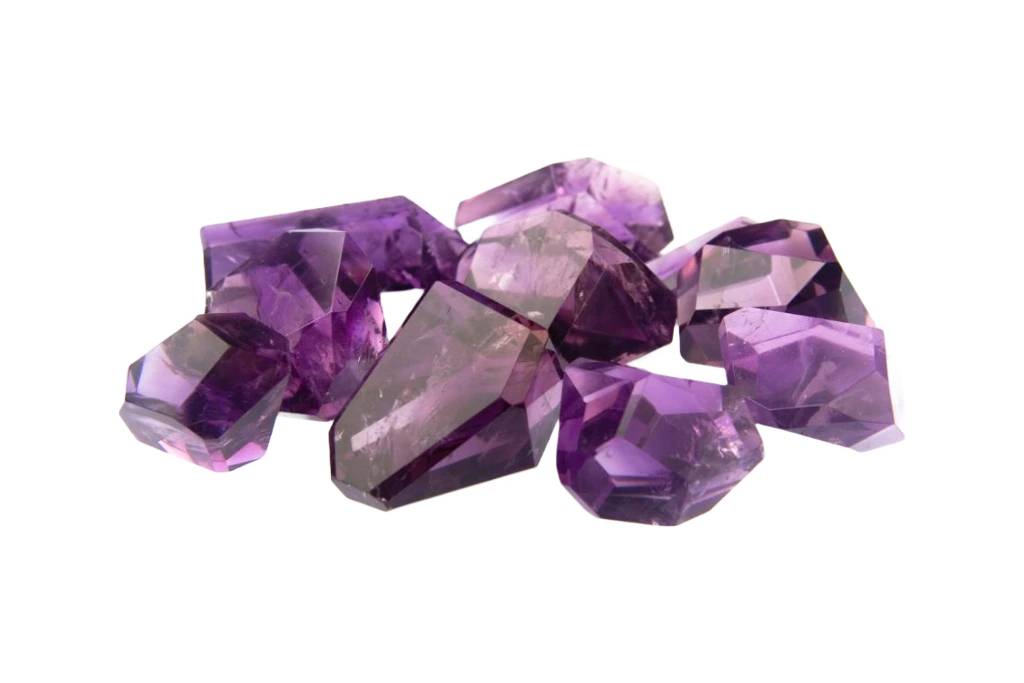
Purple Fluorite and Amethyst occur in varying shades of purple, ranging from pale lavender to deeper violet. They can both be transparent.
They share some common metaphysical properties, such as their ability to promote spiritual growth, enhance intuition, and stimulate creativity.
How To Tell Purple Fluorite Apart From Amethyst
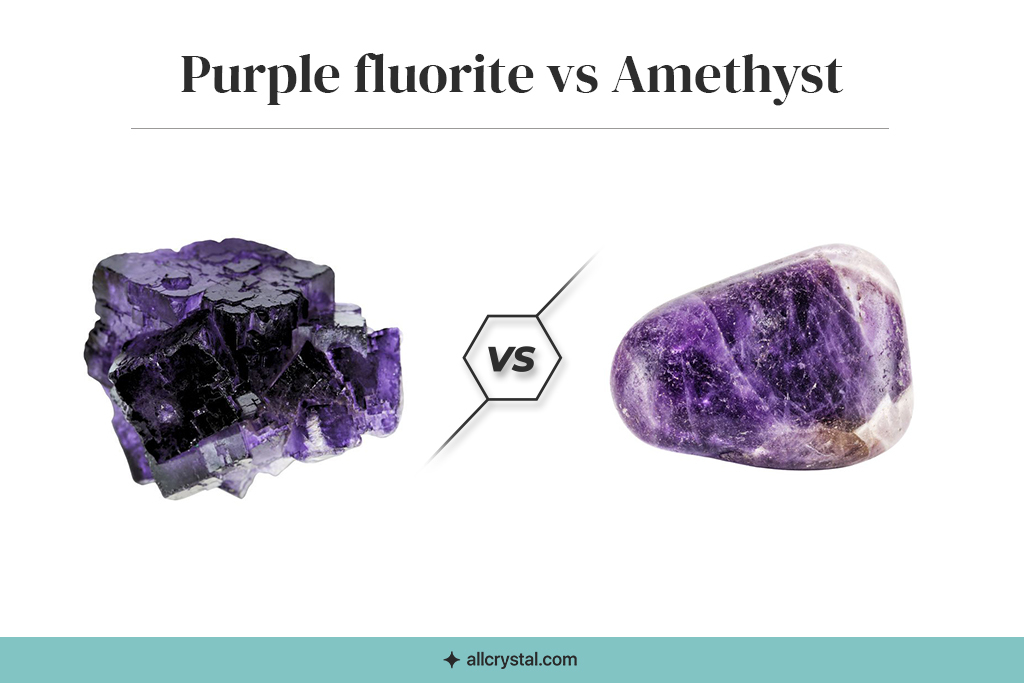
If you want to know how to tell the difference between Amethyst and Purple Fluorite, look for bands in the stone. Purple Fluorite often exhibits bands of varying shades, while Amethyst tends to have a more uniform color with possible inclusions or zones.
Fluorite grows in cubical shapes, whereas Amethyst often occurs in six-sided prisms. While the texture of Purple Fluorite may show striations or etchings, Amethyst commonly has natural facets that reflect its crystalline structure.
Amethyst is hard and not easily scratched by a knife. Purple Fluorite is soft and is easily scratched by a knife or glass.
Purple Fluorite vs Amethyst
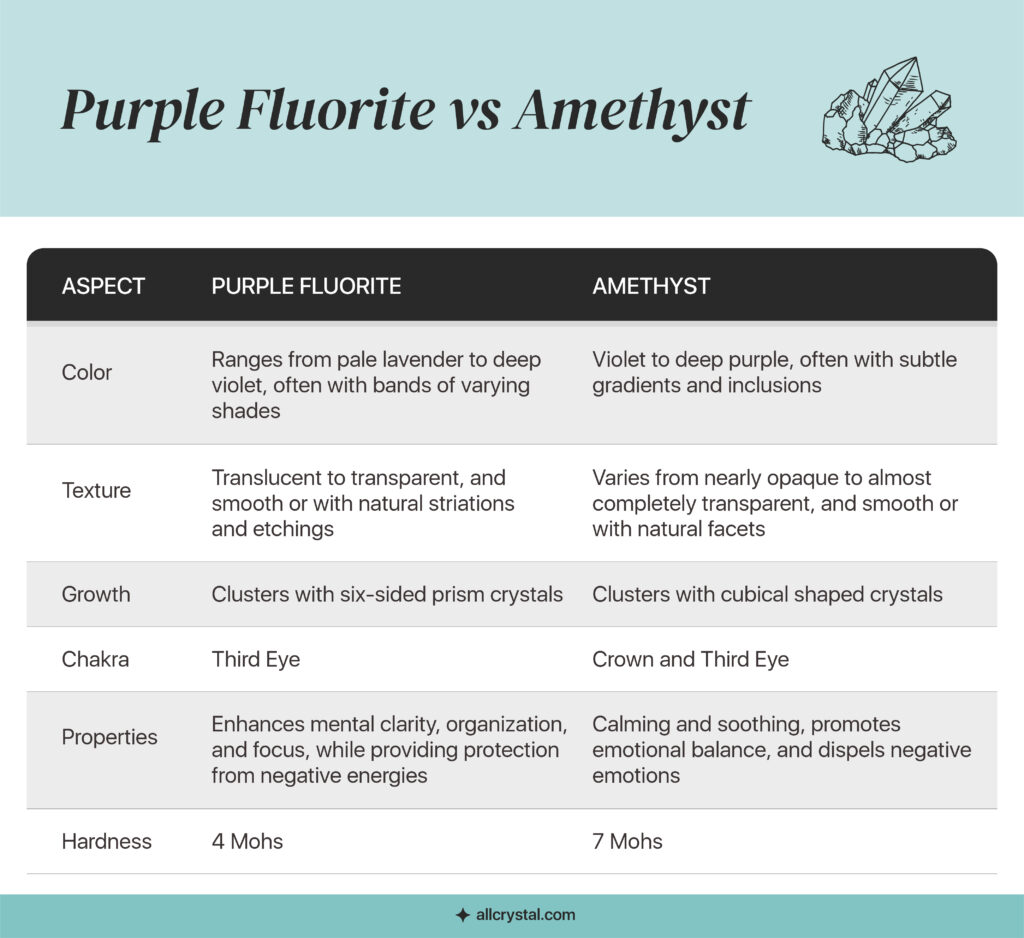
FAQs
Is Purple Fluorite Rare?
No, Purple Fluorite is not rare, but it is less common than some other colors of Fluorite, such as green and blue.
Does Purple Fluorite Glow in the Dark?
Yes, Purple Fluorite can glow in the dark when exposed to UV light, as it exhibits a phenomenon called fluorescence.
Is Fluorite Toxic To Touch?
No, Fluorite is safe to handle and not toxic to touch, though it does contain small amounts of the element fluorine, which can be toxic in large quantities.
Can Fluorite Be Scratched With a Nail?
No, Fluorite cannot be scratched with a nail. Fluorite has a low hardness of 4 on the Mohs scale, and a human fingernail typically has a hardness of 2.5 on the Mohs scale, meaning a fingernail is not hard enough to scratch Fluorite.
Is Purple Fluorite the Same As Amethyst?
No, Purple Fluorite is not the same as Amethyst, as they have different textures, hardness, and color distributions.
Can You Mix Amethyst and Fluorite?
Yes, you can mix Amethyst and Fluorite. Combining these crystals will enhance your focus while also providing a soothing energy.


